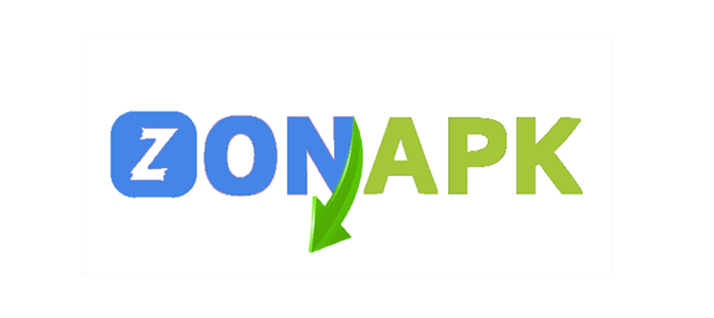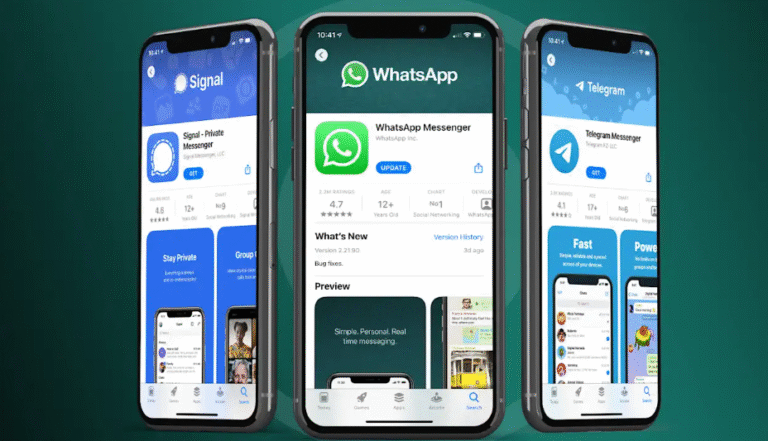There is nothing quite like communicating over a medium online and offline, much less over two, three or more. For many of us, this can be a double nightmare. To navigate the vast world of WhatsApp or the world of Telegram, you have two different user accounts one for more public space and one for channels. To mix and match multiple accounts on one phone is a different ball game to turn around and get work done. So when it comes time to unify a chat application, it can be a difficult task. To switch between them, and for each one of you to know what is going on, are two different items on your brain that need separate thought cycles. With a bit of thought, however, you can turn what may well be a distraction into a smarter tool for holding online calls.
This article will show you a practical way how to properly integrate WhatsApp Web and Telegram Desktop in order to be as productive and present on both the platforms.
The Foundation: Installing Your Digital Gateways
Whatever your unification strategy might be, the first thing you need to do is build your access points. For WhatsApp, this might mean using WhatsApp网页版 (yes, I said it was a web client not a standalone application). Think of it as a Web client running a version of your phone’s WhatsApp account. Open any desktop browser of your choice, head to web. whatsapp. com and scan the QR code there with your phone. It is now a persistent, real-time connection between your computer and your mobile device, allowing you to send and receive messages from a bigger screen with a full keyboard.
As for Telegram, well that’s even more idiosyncratic. You can either use your Telegram account from the browser (as with WhatsApp) or perform a “Telegram Download” to obtain a special desktop version of the app. Often there’s a better quality-of-life balance between a better browser experience and a better integrated experience; better performance and more consistent notifications. The key is that no matter which version of Telegram you download, the setup process is quite independent: unlike WhatsApp, Telegram doesn’t require you to have your phone connected to the internet for the desktop app to perform. That’s something big to keep in mind when it comes to reliability and convenience.
Taming the Tabs: Window Management is Key
Once you’ve got both WhatsApp Web and your preferred Telegram client running, the real challenge is – managing all the window stuff. If both apps are open in separate browser tabs you can still get into a problem of “lost tabs” if you’ve got tons of other tabs open for researching, emailing, etc. One powerful tip is to use your browser’s “Pinned Tab” feature. Pin the tab for WhatsApp Web (and the web client for Telegram if you have it), and you’ll get them down to their icons, saving valuable tab space, and you’ll always have them – one click away.
If you used the Telegram下载 and you have the standalone application installed, you’re already a step ahead. You can place it strategically on your screen alongside your browser window containing WhatsApp Web. On Windows, you can use the Snap Assist feature, and on macOS you can use split-view or another window management tool (either the built-in one or an application that offers help with splitting windows) to tile both chat applications side-by-side. This opens up a space dedicated to communication on your desktop (you don’t have to click between windows all the time).
Mastering Notifications and Focus
A hybrid strategy is not just about location; it’s about control. Both platforms are packed with superpower notifications that you’ll want to master in order to avoid always being pestered with a bunch of notifications. You can in the WhatsApp Web settings mutch specific, loud group chats that are not really urgent, and focus on important individual conversations instead. You can even turn off all desktop notifications entirely during strenuous work sessions, and remember that you can always check the platforms when you want later.
Just like how after you download Telegram from the desktop app, check into the notification settings of the desktop app: Telegram is crazy flexible. You can mute channels and groups for an hour, days or forever, or personalize notification sounds for specific contacts or priority chats.
Leveraging the Unique Strengths of Each Platform
True unification means making each of them work for what they’re intended to, instead of forcing them into being anything else. Your approach should be based on the strengths of the applications in question. So take WhatsApp Web for what it is designed for: holding one-on-one, private/professional conversations and small groups that require instant, real-time responses. The simplicity and widely used availability make it great for this.
In contrast, the application ad the Telegram Download has great features also where you can consume information from broadcast channels, join large community groups and distribute large files without compression as WhatsApp does.
Conclusion
If you juggle the two communications with WhatsApp (Web) and Telegram, you don’t need to live in a disjointed digital space. By sensibly installing your clients, managing your desktop windows, tackling notification overload, and harnessing the best features of both platforms, you’ll be able to turn two separate pathways to communication into a coordinated, efficient workflow. Not to say that you should pull them all together into one single app; to see them as two interdependent tools in which you are in charge of the devices rather than let the tools control you. Follow these steps, and you will be more productive, less distracted, and in charge of your digital media well in advance.

